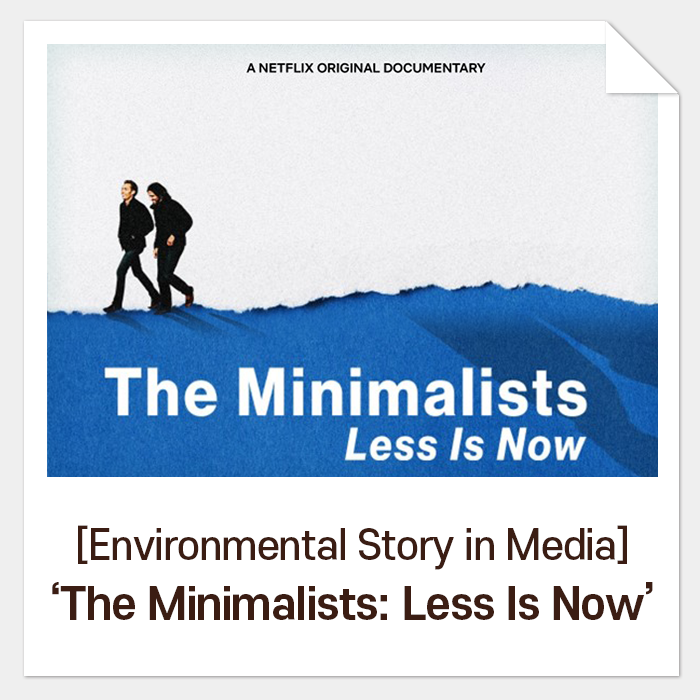Korean Ministry of Environment Moves Towards Complete Resource Circulation!
A new mark for a coated/laminated product and bioplastics on packaging implemented in 2022.
The Ministry of
Environment announced that they would establish a mark for composite packaging
that has been treated as municipal waste due to its low recyclability and for
bioplastics on February 24th. A new waste sorting mark, how is it going to be
different from now?
World’s 2nd
Recyclable Waste Collecting Rate! How about in Reality?
It was in 1995 when a garbage disposal system was first introduced to Korea and a high recyclable waste sorting rate has been our pride, following Germany. According to the statistics of the Ministry of Environment, the separate collecting rate reaches 87.1% in 2019. However, not all of the waste is recycled. Experts say that it is barely about 30% that actually goes back to the resource and too many colors, materials, undetachable labels, and foreign substance, and uncertain waste sorting standards are blamed for it.
Thus, the
Ministry of Environment announced Recyclable Waste Management Measures in 2018,
Reduction of Single-use Products Measures in 2019, and Resource Circulation
Measures in 2020 and they promised to work to decrease the use of plastic and
make improvement on resource circulation. They especially specified their aims
to reduce the amount of plastic waste by 25% and to increase the plastic
recyclability by 70%.
Select ‘Recyclables’
Only! Add Coated/ Laminated Sign on Packaging!
The new guideline on waste separation marks published this year is aligned with the guideline of recycling grade on packing revised in 2019. The Ministry of Environment subdivided the grades from 3 to 4 and made it mandatory to mark each packaging’s grade on the surface after having it assessed by its material and structure.
According to the
new guideline, if a product consists of more than 2 different materials and
they are coated/laminated and inseparable from the packaging, a producer needs
to add a certain mark around its recycling grade sign. This guideline applies
to a product from 2022 and any of the products with such mark will have to be
disposed of as other general waste.

<Example designs for grade / Resource from
K-eco>
The Environment Ministry considers the recyclability of composite packaging difficult since such products can hardly be recycled even when they go through a regular recycling process. Paper coated with plastics and containers attached with different materials are some of the good examples and most of them end up being disposed of as municipal waste at a recycling site. Let’s see some common coated or laminated products found in our daily life!
However, if a producer of these products operates its own collecting system and is recognized to be able to reach the collecting rate of 15% by 2023, 30% by 2025, and 70% by 2030 by the Minister of Environment, it is allowed not to state its ‘difficult’ grade on the packaging.
This revised
guideline also covers synthetic plastic with biomass that if a bioplastic has the same physical or chemical properties with regular HDPE, LDPE PP, or PS, they
can add ‘bio’ in front of the material such as bioHDPE or bioPP and they can be
collected with each matched plastic.
Waste Sorting
System Without Considering Field, Would it Work?
However, people still think that the waste sorting standard is not clear enough yet. Let’s take an example of cartons. They are already separately collected with regular paper, but while refrigerated cartons are coated with PE on both sides, aseptic cartons contain another layer of aluminum in order for products to be shelf-stable, which makes them even more difficult to be recycled. Therefore, the revised guideline instructs to put a coated/laminated mark on aseptic cartons and encourages consumers to dispose of them into a regular garbage bag. However, we should understand that without education, both of them are just the same ‘cartons’ to consumers.
Plastic is not
much different. The guideline announces to select the bioplastics whose
properties are the same as regular ones. However, when we think about the current
waste sorting system, all the plastic waste goes into the same bin. Unless
there is a separate bin for each plastic material, it is questionable how much this
could increase the recyclability of the disposed of plastic.
What are the
Roles of the Government, Producer, and Consumer to Complete Resource
Circulation?
The Government stresses that we should clearly identify what is recyclable from the others and collect them separately to increase practical recyclability. Then, what should be considered to maximize the resource circulation rate of waste?
First, a producer should focus on material unification, development of packaging material, and improvement on a structure. It would be much better if an easily material and organic recyclable material is developed and applied to various packaging.
Financial and systemic supports from Government are absolutely necessary, too. Most of the packaging manufacturers are small that it is not easy for them to invest or modify their equipment. As a consequence, they would rather run their business as before and pay additional tax for their ‘difficult’-graded packaging. In this case, there are no legal grounds to stop them from producing such non-recyclable products and this is probably the least the government wants. Therefore, there should be enough discussion and persuasion to make a market for environment-friendly products and follow-up actions such as an incentive system must be prepared.
Last, consumers, the ones who actually separate the waste, must be fully introduced and educated for each packaging material so that they can have a clear standard. Resource circulation wouldn’t be fully completed without their active participation.
All these environment-friendly regulations and strategies could be effectively applied to the industries only when the Ministry of Environment operates them with consistent administration. rePAPER who supplies 99.7% recyclable paper packaging solution will support the Republic of Korea where continuously tries to stand as a genuine environmentally friendly country.









Comments
Post a Comment